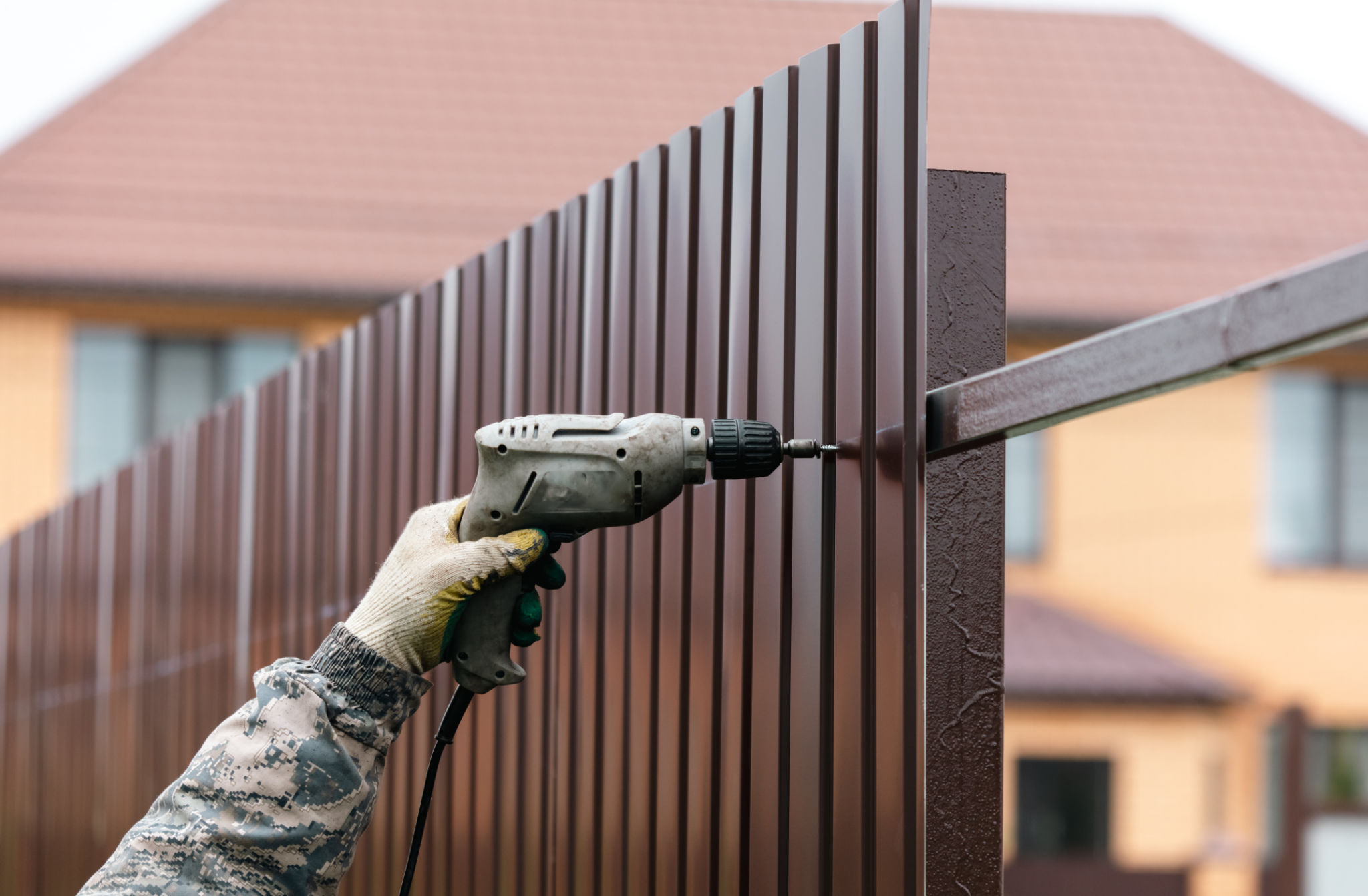Understanding Anderson County Regulations for Fence Installation
Introduction to Fence Installation Regulations
Installing a fence in Anderson County can enhance privacy, improve security, and add aesthetic appeal to your property. However, before you begin this home improvement project, it's crucial to understand the local regulations that govern fence installation. Compliance with these rules not only ensures your project proceeds smoothly but also helps you avoid potential legal issues.
Anderson County has specific codes that dictate the height, materials, and placement of fences. These regulations are in place to maintain neighborhood harmony and ensure safety standards are met. Familiarizing yourself with these requirements is the first step in planning your fence installation.

Permitting Process and Requirements
One of the first steps in your fence installation journey is obtaining the necessary permits. In Anderson County, a permit is generally required for any new fence construction. This process involves submitting plans and specifications to the local building department for approval. It's advisable to consult with county officials or visit their website to access the most current permit application forms and guidelines.
When applying for a permit, you'll need to provide detailed information about your proposed fence, including its dimensions, materials, and exact location on your property. Ensuring your plans align with county regulations will expedite the approval process.
Understanding Height and Material Restrictions
Anderson County has clear guidelines regarding the maximum height allowed for fences. Typically, front yard fences must not exceed four feet in height, while backyard fences can go up to six feet. These restrictions help maintain a consistent look within neighborhoods and ensure that sightlines are not obstructed.
In terms of materials, the county stipulates certain standards to ensure durability and safety. Commonly accepted materials include wood, vinyl, chain-link, and wrought iron. It's important to choose materials that not only comply with local codes but also suit the aesthetic of your home and neighborhood.

Boundary Lines and Setback Requirements
A critical aspect of fence installation is understanding property boundary lines. Before you start digging post holes, it's essential to verify your property's boundary lines accurately. This step prevents encroachment onto neighboring properties, which can lead to disputes and potential legal action.
Setback requirements dictate how far a fence must be from property lines or other structures. Anderson County may require a certain distance between your fence and public sidewalks or roads. Consulting with a professional surveyor can help you establish precise boundary lines and avoid any encroachments.
Neighbor Considerations and HOA Guidelines
If your property is part of a homeowners association (HOA), additional rules may apply to your fence installation project. HOAs often have specific design guidelines or restrictions that aim to preserve the community's aesthetic standards. It's essential to review these guidelines before moving forward with your project.

Maintaining good relationships with your neighbors is also an important consideration. Informing them about your plans can prevent misunderstandings and foster a cooperative atmosphere. Open communication can also address any concerns they might have regarding the new fence's impact on their property.
Conclusion: Staying Informed and Compliant
Understanding Anderson County's regulations for fence installation is crucial for a successful project. By familiarizing yourself with local codes, securing necessary permits, and considering any additional HOA guidelines, you ensure your fence is both compliant and aesthetically pleasing.
Taking the time to plan thoroughly and communicate effectively with neighbors and county officials will lead to a smoother installation process. With these considerations in mind, you can confidently move forward with enhancing your property's privacy, security, and curb appeal.